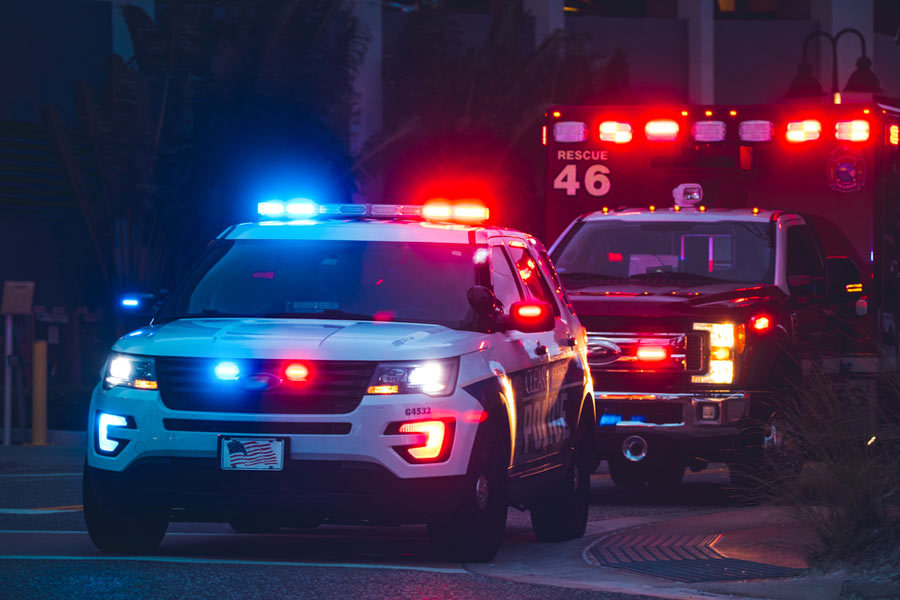Nearly two weeks after a pro-Palestinian encampment at the University of California, Los Angeles, was attacked by counter protesters, university officials still have not explained why security officers stood by for hours while the attack was underway, nor have they arrested any of those who swarmed in wielding metal rods, water bottles and firecrackers in one of the worst outbreaks of violence in the college protests that have rocked the country.
The extent of the policing failure has become clearer in recent days, as witnesses have come forward to describe a chaotic night of violence on April 30, in which students and bystanders repeatedly called 911 and nonemergency lines, finding little help and calls that were disconnected. A dispatcher told one caller pleading for help that they were ending the call because “I have actual emergencies to handle”.
One man was filmed by a local television station on the phone with emergency dispatchers, alerting them that people were getting hurt. “Security has abandoned this encampment,” he could be heard saying before lowering his phone and looking at it. “They just hung up on me again,” he said incredulously.
Miles away in Sacramento, staff members in governor Gavin Newsom’s office contacted the UCLA chancellor’s office shortly after 11pm to make sure that law enforcement officers were responding to the scene, and were assured that more officers were coming, according to a person familiar with the situation, who described the discussions on condition of anonymity because they were not authorised to make them public.
But as the night wore on and there was still no intervention, the person said, the governor’s office moved to circumvent local authority and ordered California Highway Patrol officers to the campus. The state officers began assembling on campus at 1.45am, a few moments before LAPD riot police arrived, but it took another hour to quell the clashes.
The chancellor’s office, the LAPD and an outside consultant hired to investigate the tardy response have all declined to discuss it, pending the outcome of an inquiry that could take weeks or months. The campus police chief, John Thomas, also did not comment. He told The Los Angeles Times that he had relied on private security officers who were not authorised to make arrests, but that he had done “everything I could” to keep students safe.
To understand what happened, New York Times journalists conducted interviews with several people who were at the protests that night, including two people who were involved in the counterprotest; reviewed and analysed video footage; and spoke with organisations involved in both the pro-Palestinian and pro-Israeli movements on campus.
The review found no public callouts for such a violent attack and no clear signs that one group coordinated the attack, though some people had arrived wearing black clothes and masks and seemingly prepared for violence. There was also no indication that the police had prepared for the kind of severe assault on the encampment that took place.
Instead, it appeared that contract security officers who did not have sufficient authority or numbers to halt the escalating melee had been caught by surprise and left to wait for reinforcements that did not arrive for hours.
“Either the university was hesitant to do anything to get law enforcement involved, or law enforcement was dealing with authorization issues and political considerations from elected officials,” said Ed Davis, a former Boston police commissioner who is familiar with crowd control policing issues. “And then things got out of hand.”
New York Times News Service










